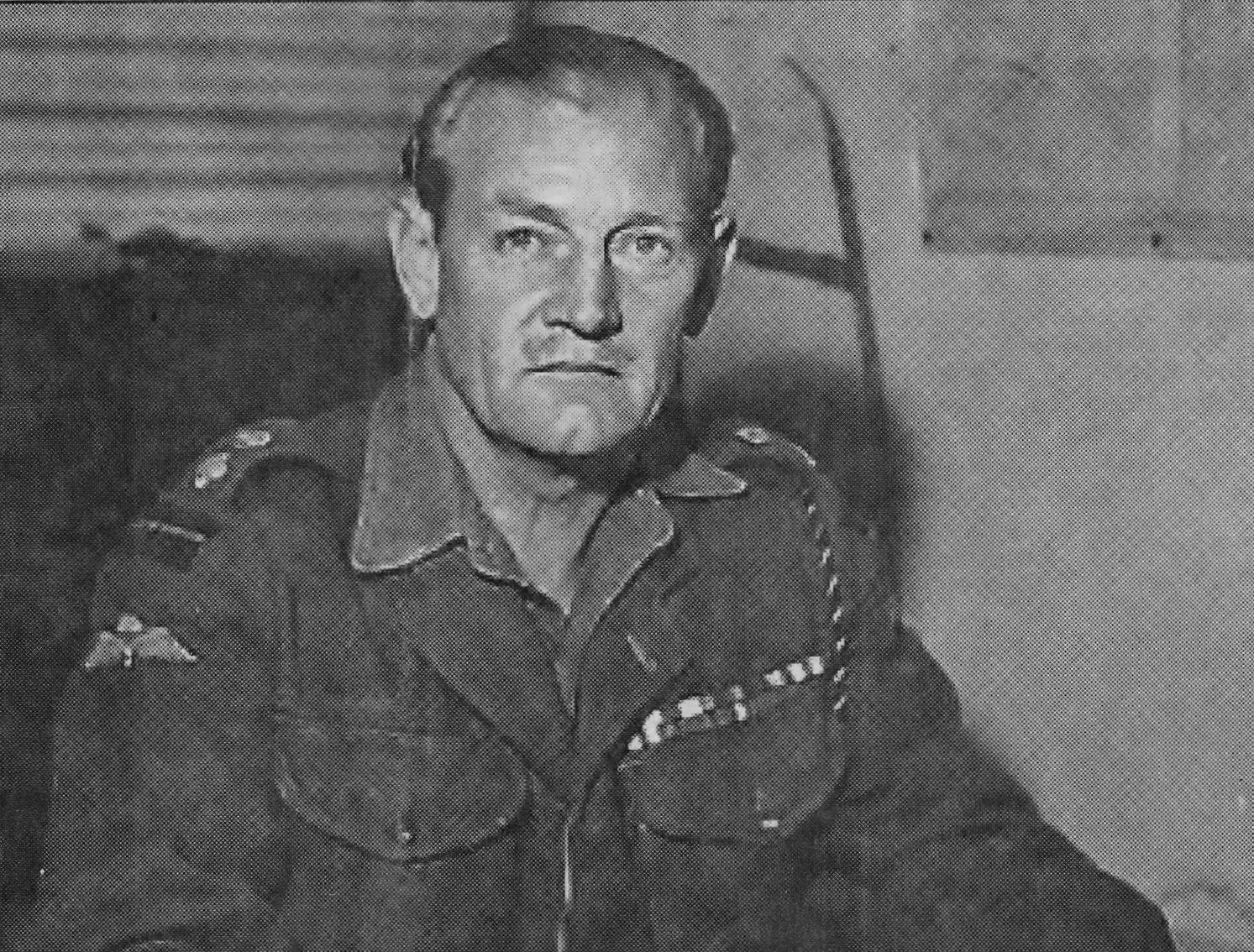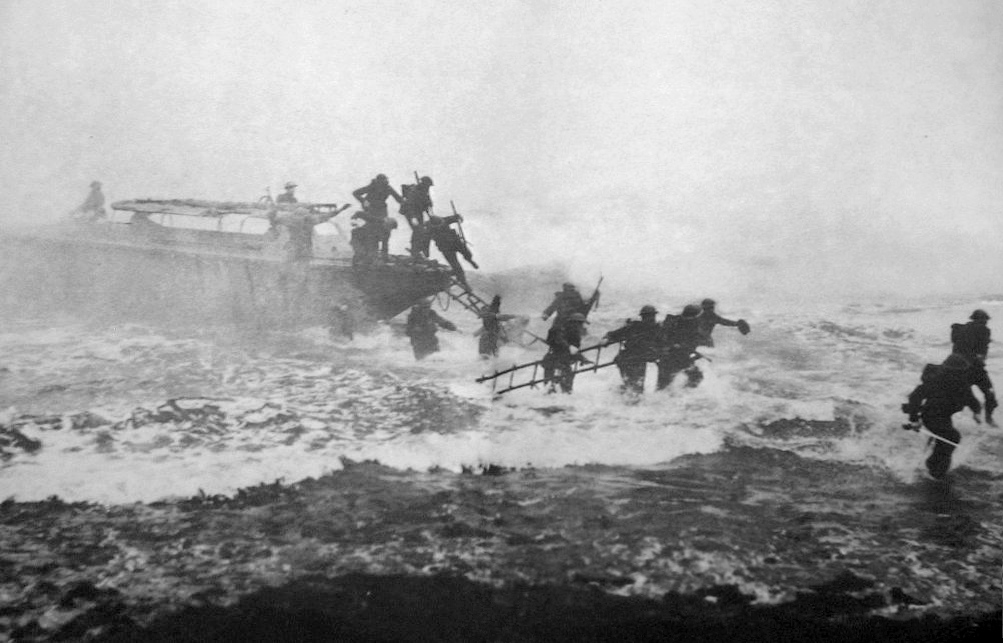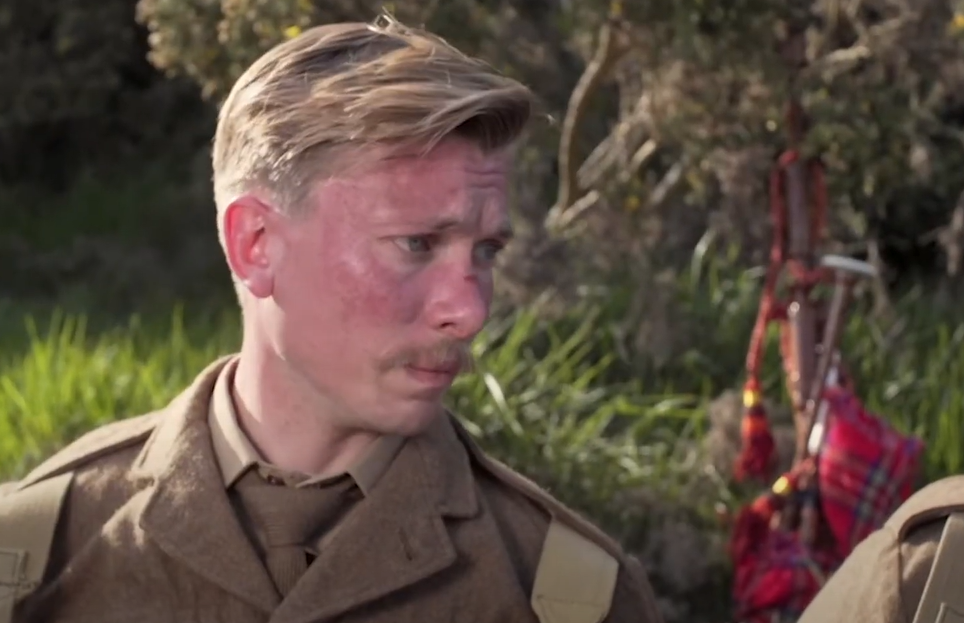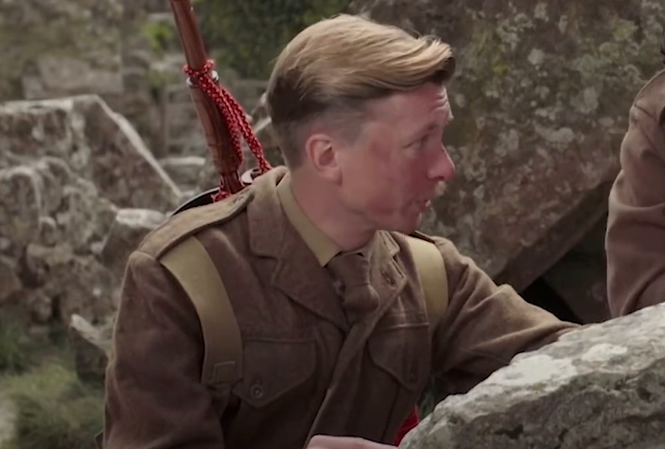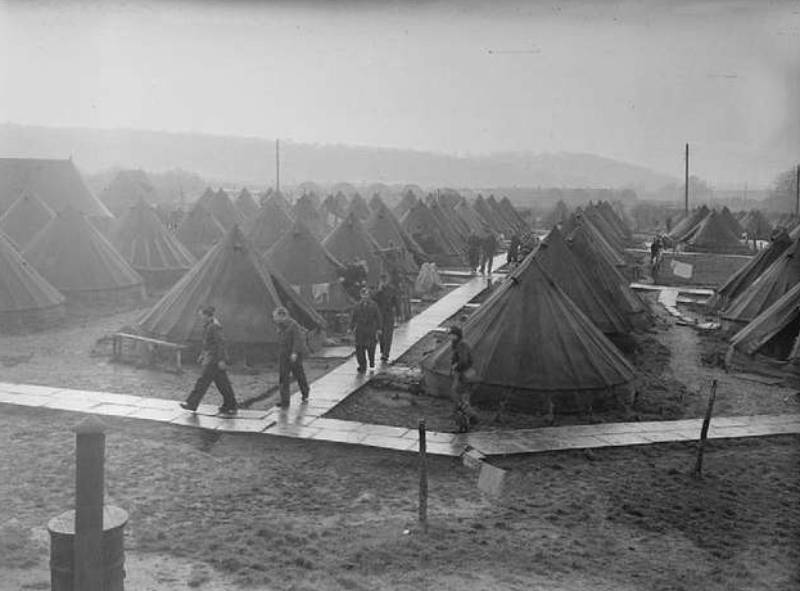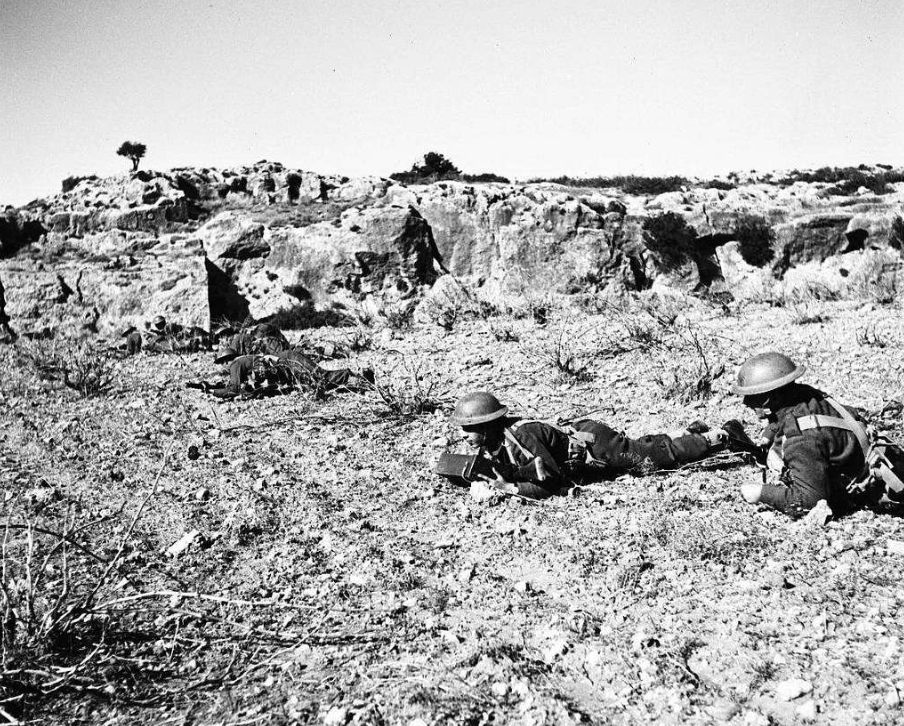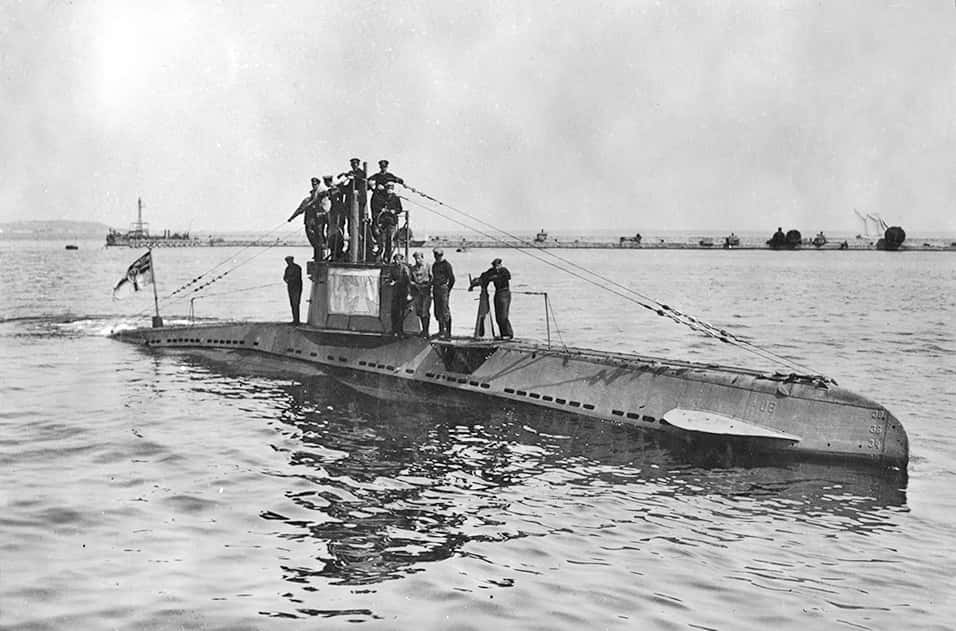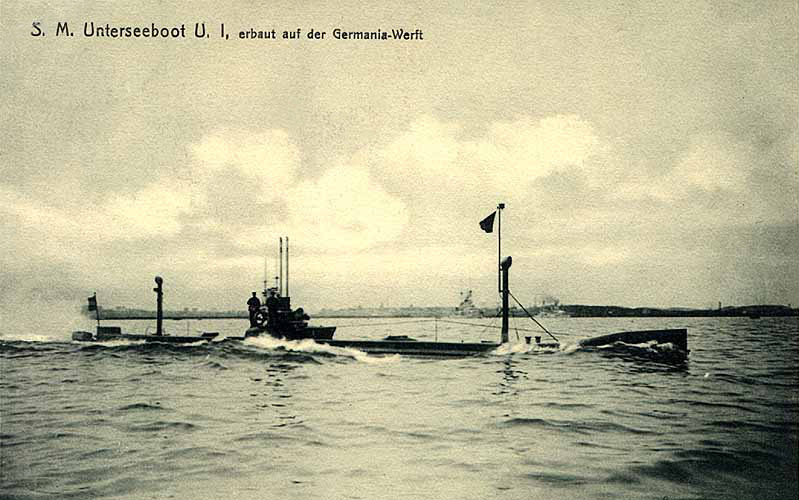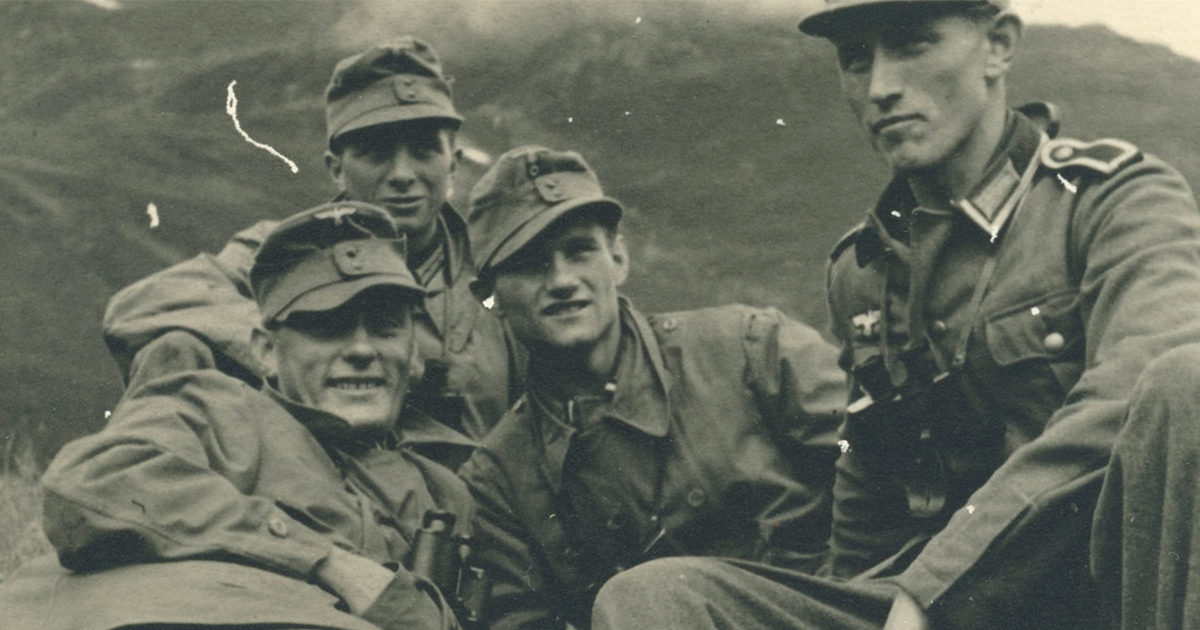Bizarre Events In WWII
World War II was filled with danger and intrigue. It also boasted some strange and fascinating incidents—a few of which changed the course of history. Some would have made huge and costly differences had they been discovered. And others were just plain bizarre.
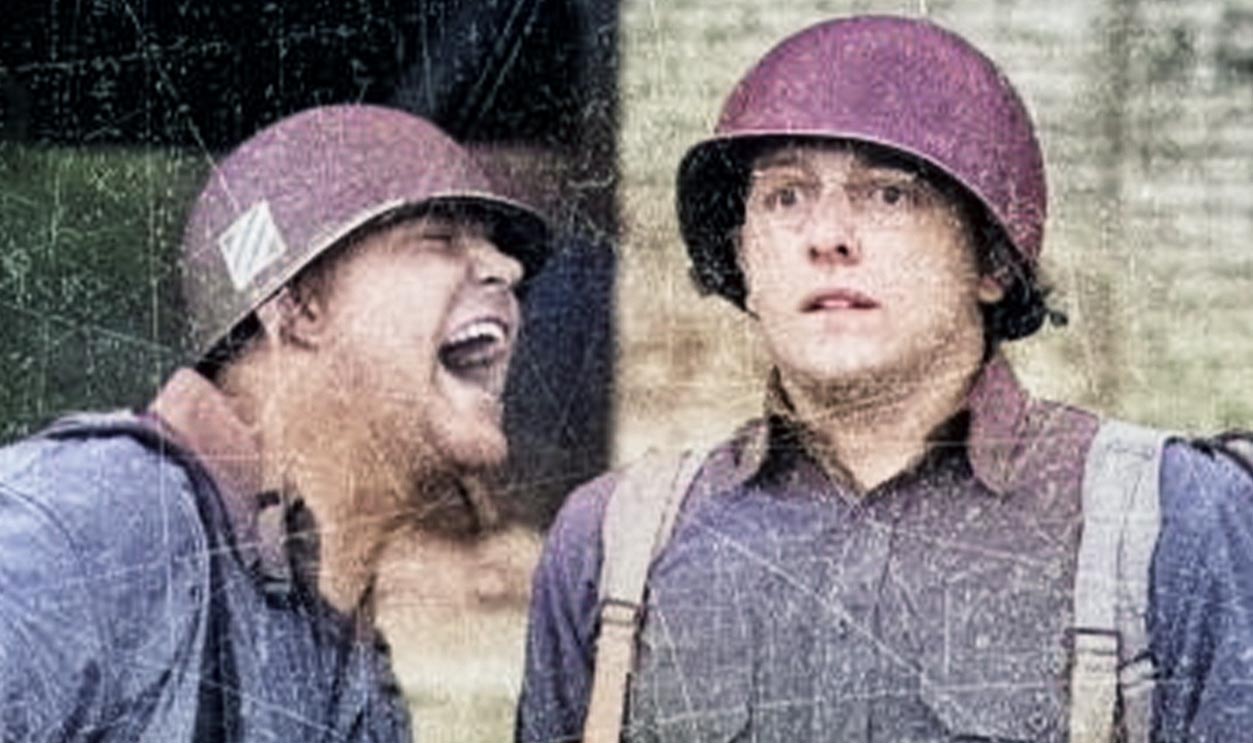
Mad Jack’s Longbow, Pipes & Broadsword
British Lieutenant-Colonel Jack Churchill was known by his friends and colleagues as Mad Jack and Fighting Jack. He was well-known for his odd choices of service instruments. Despite fighting options in WWII, Mad Jack chose to take three old-fashioned items with him. He always carried bagpipes, a medieval broadsword, and a longbow.
Mad Jack’s Longbow, Pipes & Broadsword
Mad Jack continually argued that anyone without a longsword was “improperly dressed”. He carried a longbow and knew how to use it. He had been a team member for Great Britain in the World Archery Championships.
Mad Jack’s Longbow, Pipes & Broadsword
Mad Jack also knew how to perform on the bagpipes. During a raid on occupied Norway, as well as in Sicily, he played the pipes before rushing into hand-to-hand combat. Fellow servicemen may have felt odd about his bizarre choices, but they knew they could count on him.
Mad Jack’s Longbow, Pipes & Broadsword
Mad Jack appears to have delighted in his role as a Lieutenant-Colonel. In May 1945, after WWII, he requested a transfer so he could participate in the conflict with Japan. He was even heard mourning the fact that the Americans became involved and helped to end WWII. He wished he could have had at least 10 more years.
Yang Kyoungjong
Korean Yang Kyoungjong has a fascinating story that involves many countries and forced conscription. Living in Korea during the time that it was occupied by Japan, Yang was treated as an inferior citizen. In 1939, at the age of 18, he was unwillingly enlisted by Japan and sent to the harsh frontlines of Russia. Along with thousands of other Korean men, Yang was merely considered “cannon fodder”.
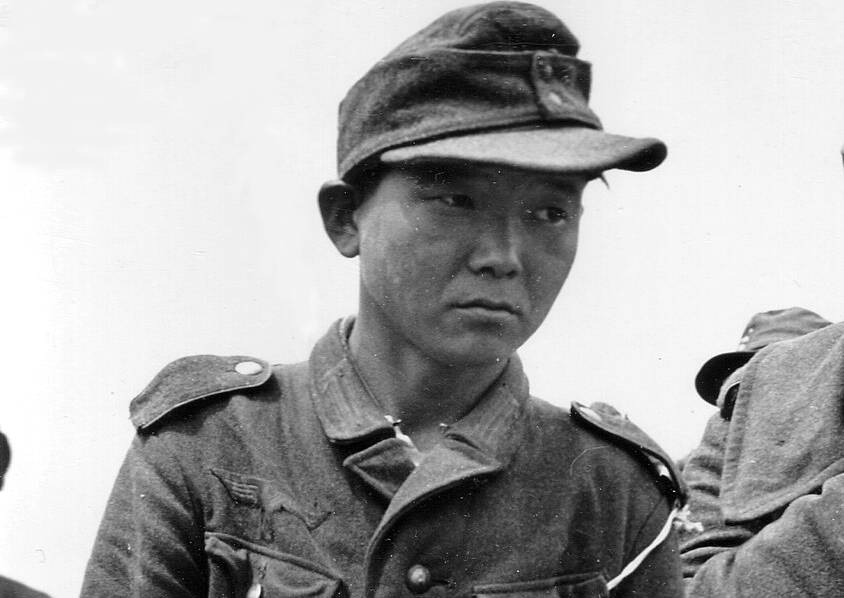 National Archives and Records Administration, Wikimedia Commons
National Archives and Records Administration, Wikimedia Commons
Yang Kyoungjong
Yang was apprehended by the Soviets and shipped to one of the USSR’s savage labor camps. Very few of the overworked detainees survived. His life likely would have ended in the camp had it not been for the German takeover in 1941.
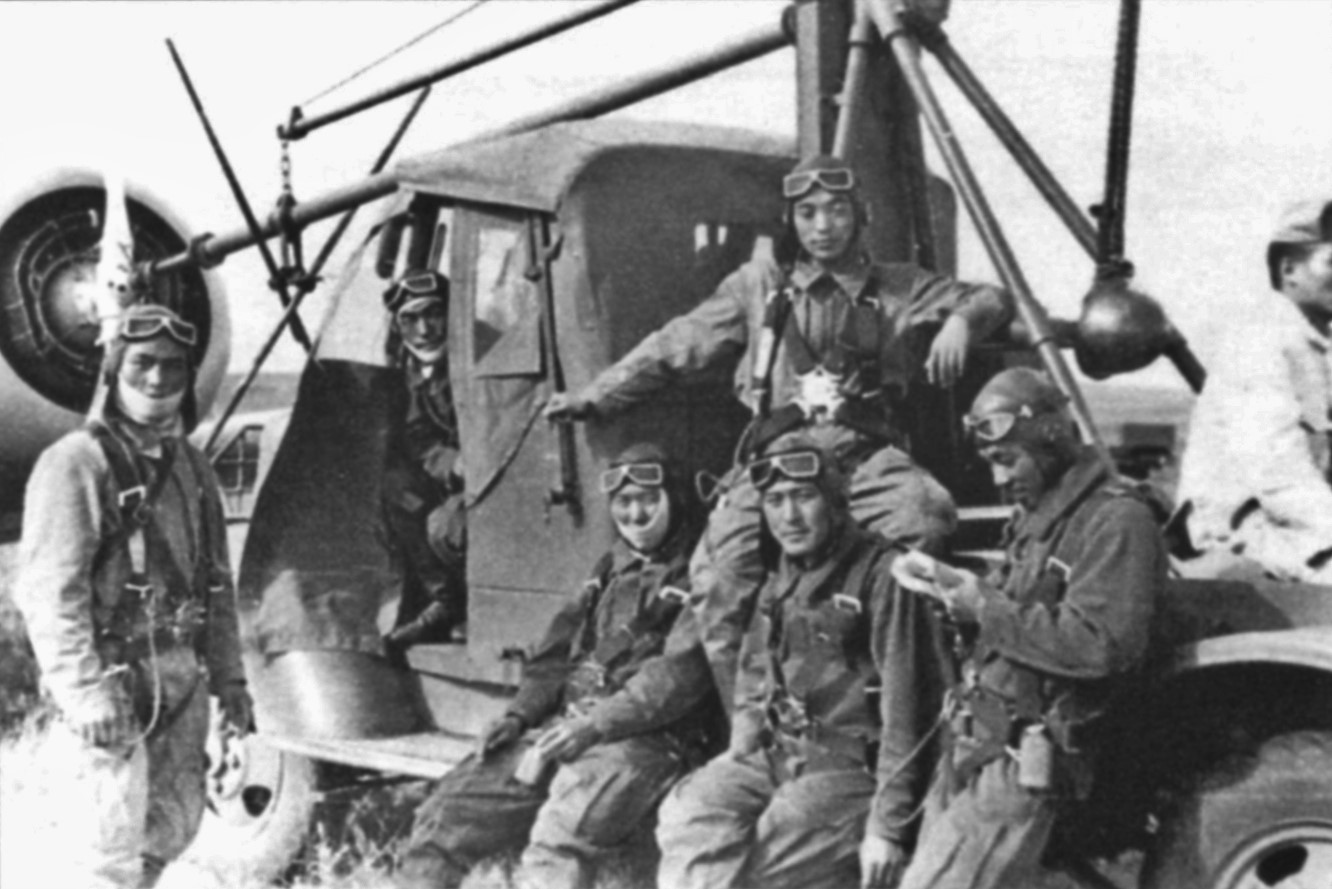 captured japanese photo, Wikimedia Commons
captured japanese photo, Wikimedia Commons
Yang Kyoungjong
Due to a new adversary showing up, Yang was transferred from being an inmate to unwillingly being on the Russian side. He was sent to the Eastern Front, where many perished. His story didn’t end there, however. Captured by the Germans, he was transported 6,000 miles away to France where he was forced to uphold Germany.
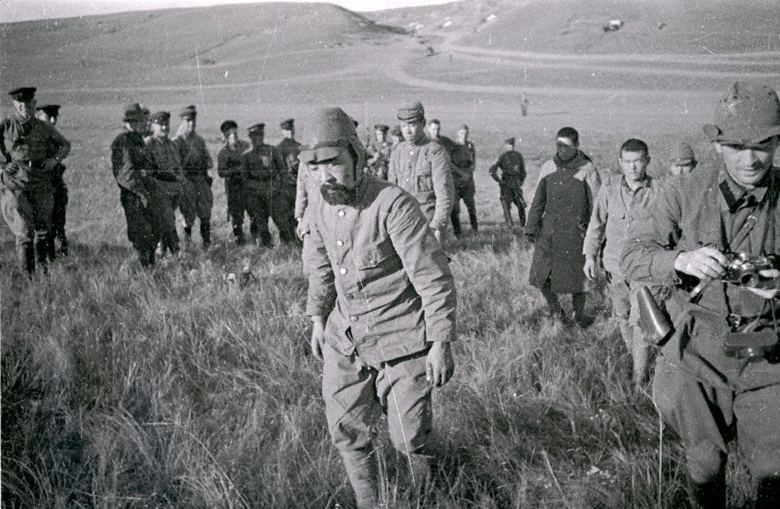 Виктор Антонович Тёмин, Wikimedia Commons
Виктор Антонович Тёмин, Wikimedia Commons
Yang Kyoungjong
Yang was unwilling to follow Hitler’s ideals. As soon as possible, he surrendered to the Allied forces. Unable to communicate, he was kept in a POW camp in Britain until the end of WWII. When he was released, he immigrated to the United States where he lived in Illinois until 1992.

History's most fascinating stories and darkest secrets, delivered to your inbox daily.
Daily Telegraph Crossword Mystery
Surprise operations in WWII needed to be kept top secret. Obviously, no one in high-ranking positions wanted the enemy to be aware of their highly intricate and planned invasion. Picture the shock and fear when the British Allied forces discovered that a large number of their code words appeared in the Daily Telegraph Crossword.
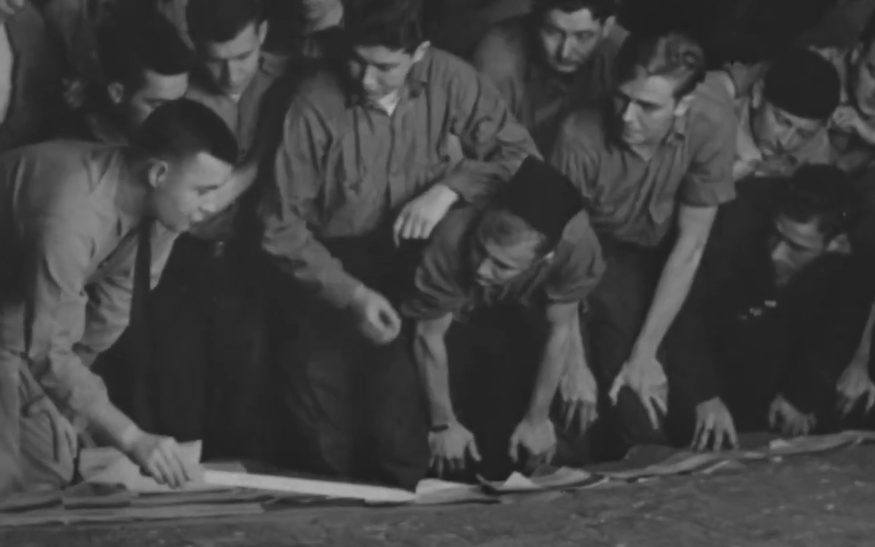 Deception at D-Day | Deceiving Hitler, Army University Press
Deception at D-Day | Deceiving Hitler, Army University Press
Daily Telegraph Crossword Mystery
Over a few weeks, many code names for operations were revealed as crossword answers. Words such as “Overlord”, which was the name of the entire operation for the Battle of Normandy, and “Neptune” (the navy’s role) were part of the wordplay. Secret “floating harbors” were called “Mulberry”—another term that found its way into the Daily Telegraph’s puzzle. The government wanted to uncover how this could have occurred.
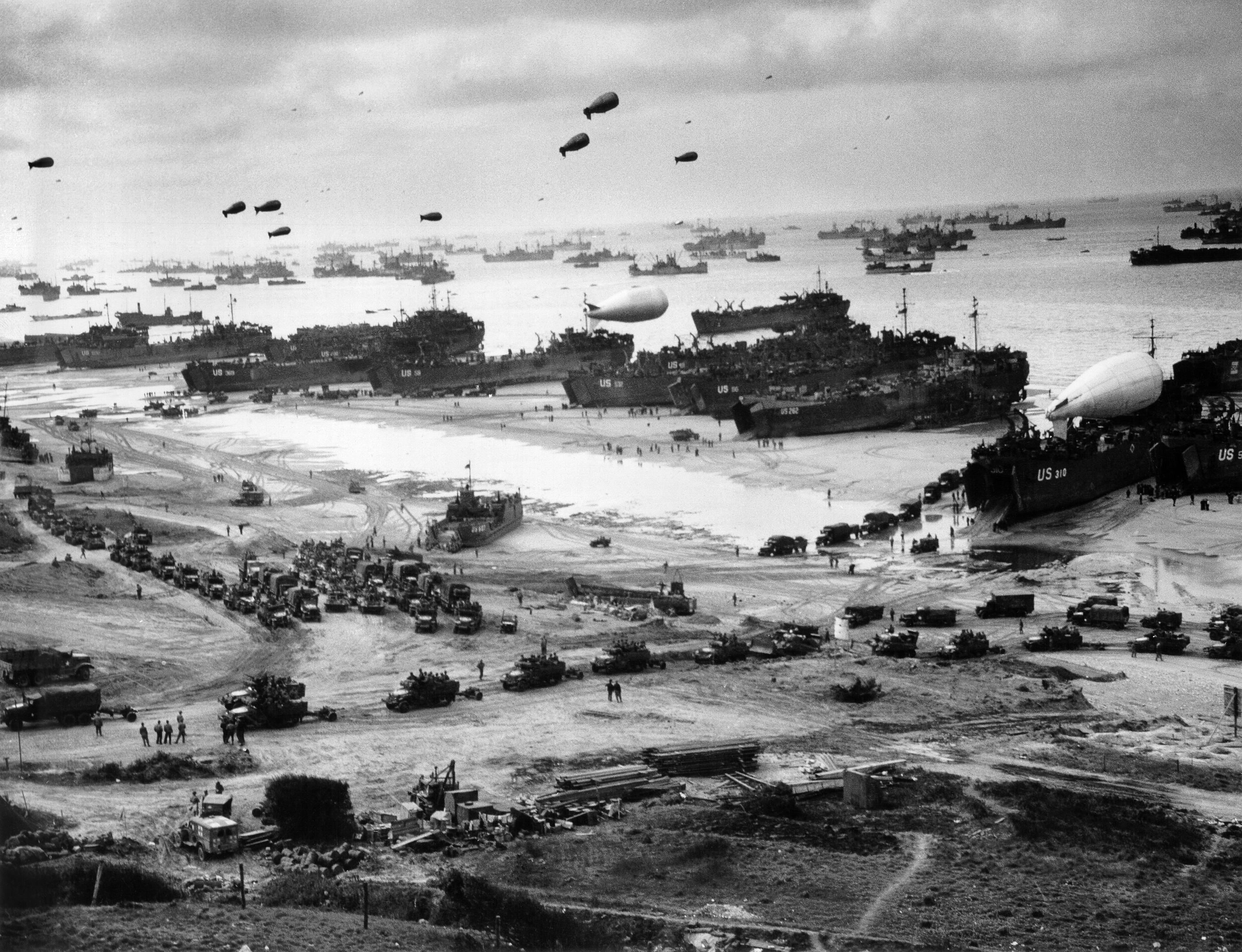 MIckStephenson, Wikimedia Commons
MIckStephenson, Wikimedia Commons
Daily Telegraph Crossword Mystery
The crossword’s longtime writer, Leonard Dawe, was taken in for questioning. The British government wanted to know how he knew what he knew. Dawe argued that he had done nothing intentional or wrong and that he was in no way trying to communicate with the Germans.
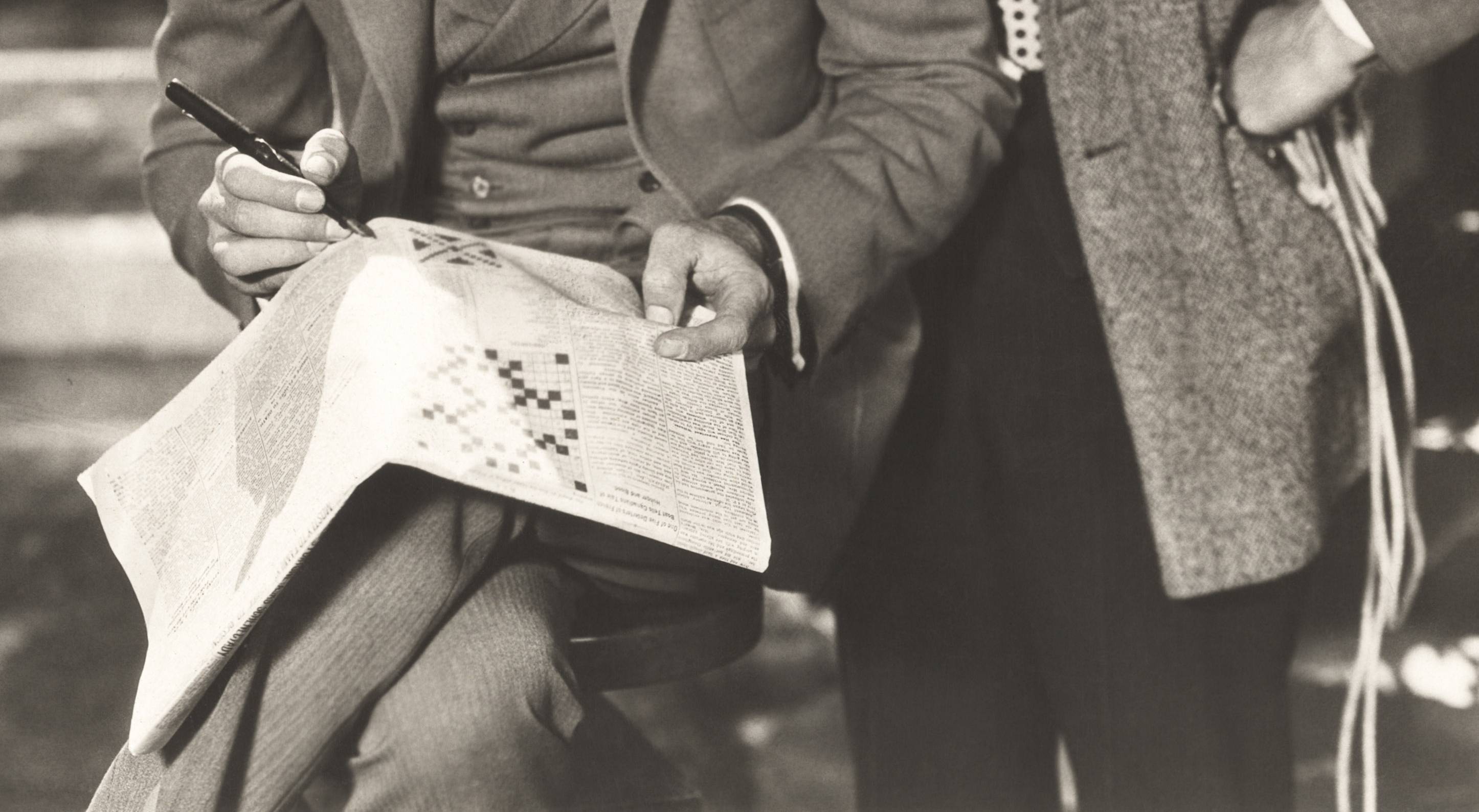 Everett Collection, Shutterstock
Everett Collection, Shutterstock
Daily Telegraph Crossword Mystery
Had the takeover been divulged, then the Allied forces would have had to start afresh with a scheme that couldn’t have materialized until 1945 at the earliest. Thankfully, the classified information was not discovered. Dawe was proven not to be a spy. The only explanation for Dawe’s knowledge of the terms was that he overheard them repeated by officers around his hometown, Bury St Edmunds.
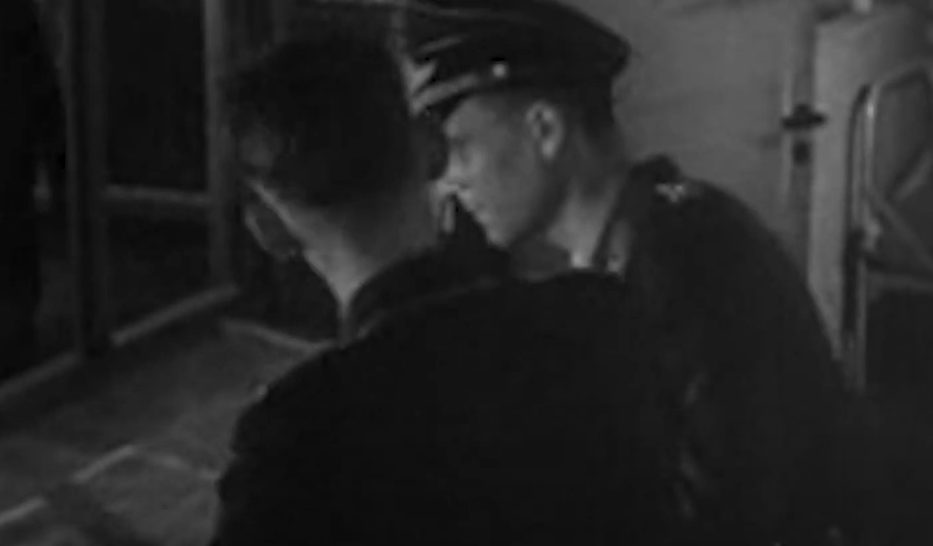 Deception at D-Day | Deceiving Hitler, Army University Press
Deception at D-Day | Deceiving Hitler, Army University Press
Castle Itter
Located in the Austrian Alps, Castle Itter played a compelling role at the end of WWII. Formerly a fortress renovated into a hotel in the early 1900s, the castle had been turned into a holding house for what Germany considered “high-profile prisoners”. Some of these included French premiers, former generals, a world tennis champion, and anyone who opposed the Third Reich.
 Steve J. Morgan, CC BY-SA 3.0, Wikimedia Commons
Steve J. Morgan, CC BY-SA 3.0, Wikimedia Commons
Castle Itter
In April 1945, when WWII was almost over, inmates realized they were “doomed”. Wanting to escape the Soviets, the German guards decided to leave Castle Itter. The people inside quickly understood that this lack of protection meant danger for them—they were not looked upon favorably by the Waffen SS who patrolled the area.
 Sammlung Risch-Lau, Vorarlberger Landesbibliothek, CC BY 4.0, Wikimedia Commons
Sammlung Risch-Lau, Vorarlberger Landesbibliothek, CC BY 4.0, Wikimedia Commons
Castle Itter
Sent by the captives, Castle Itter’s handyman, Zvonimir Čučković, found a bicycle and headed out to find some help. He managed to rally a slapdash group that included 18 Americans, one Sherman tank, and 10 German servicemen. On May 5, the feared and seemingly inevitable push from the embittered Waffen SS transpired. For many hours, this “unlikely force” managed to hold their own until a rescue group arrived.
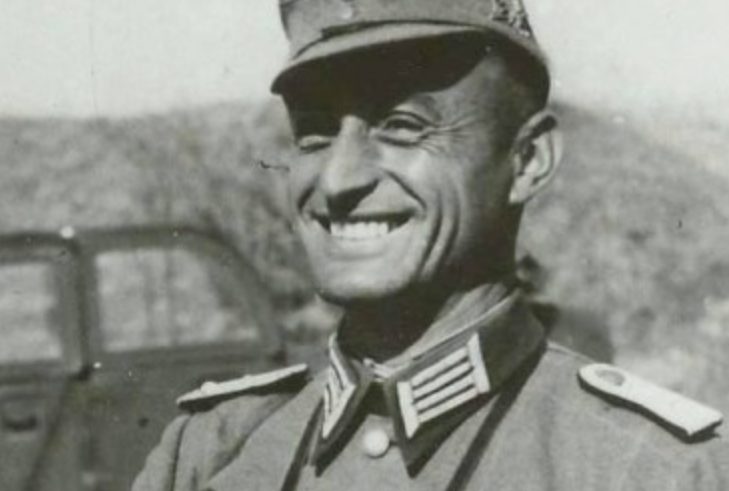 Unknown Author., Wikimedia Commons
Unknown Author., Wikimedia Commons
Castle Itter
American Major John T Kramers had defied orders and dispatched a group to rescue those at Castle Itter. The cook, Andreas Krobot, who had also left to find help, managed to contact US tank commander Captain Jack C Lee, Jr. This meant that two batches of Americans helped liberate Castle Itter. The events at the castle turned out to be one of the last clashes of WWII.
 Steve J. Morgan, CC BY-SA 3.0, Wikimedia Commons
Steve J. Morgan, CC BY-SA 3.0, Wikimedia Commons
The North American Target
Many people mistakenly assume that WWII only took place in Europe. What you may not know is that North America was also one of Germany’s targets. The reason had to do with weather.
The North American Target
A very simplified explanation for North America being one of Germany’s desires has to do with communication and reports. Because the weather systems move east to west and across the Atlantic Ocean, the British and Americans could more effectively make weather predictions. The Germans wished to have the same level of efficacy.
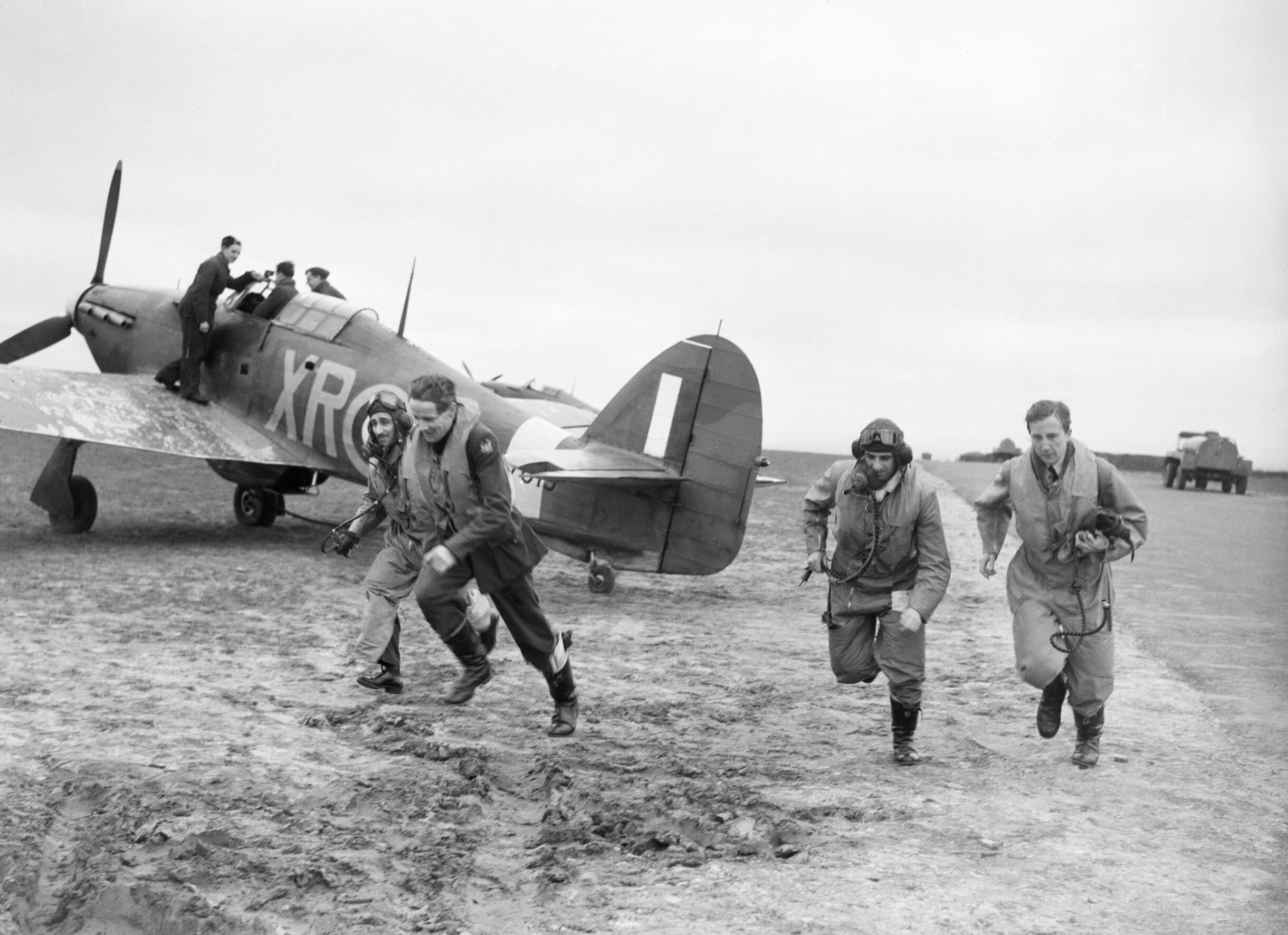 Royal Air Force official photographer, Wikimedia Commons
Royal Air Force official photographer, Wikimedia Commons
The North American Target
In October of 1943, Germany sent a submarine to Canada. Landing on the coast of Labrador, the Germans constructed a weather station. To avoid suspicion, they added a label that said “Canadian Meteor Service”. No such organization existed.
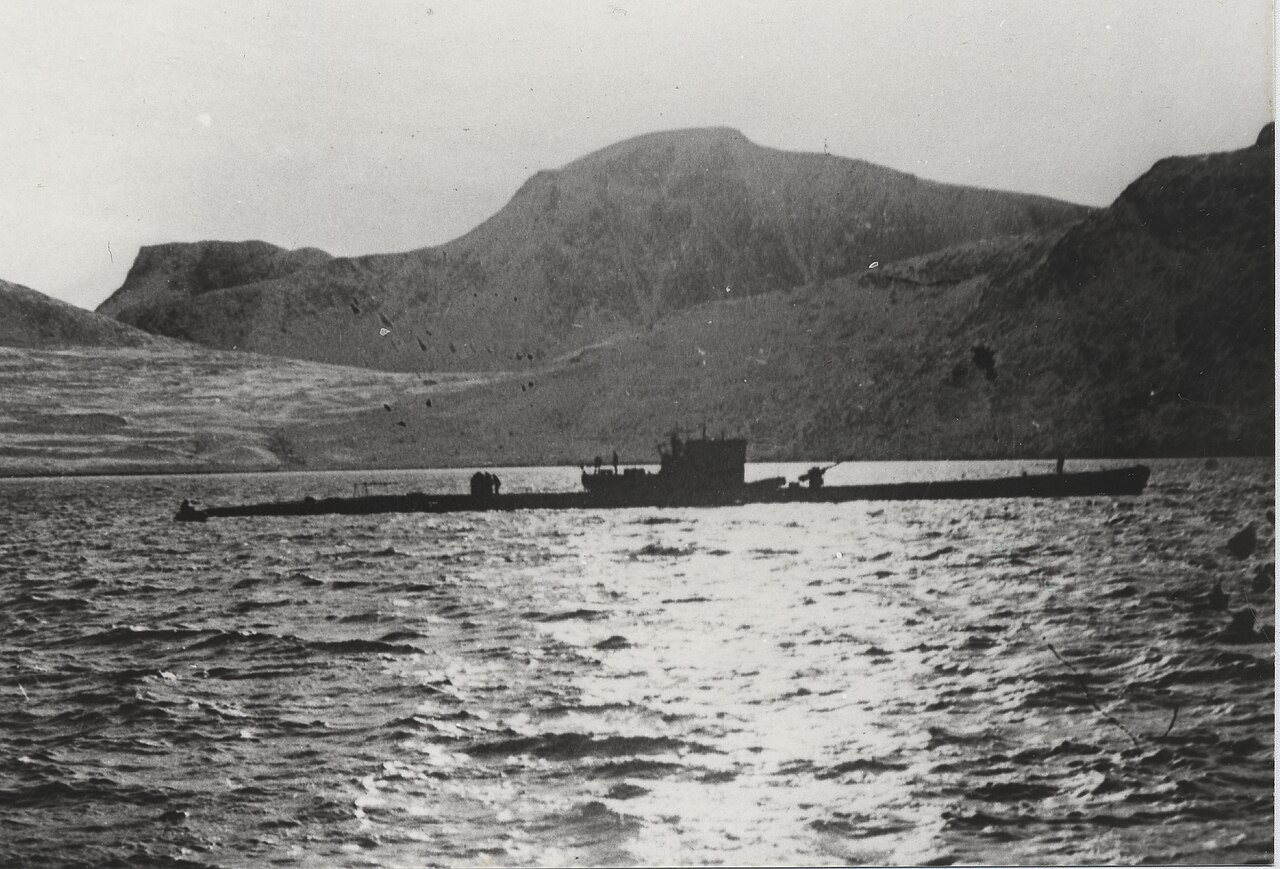 Bundesarchiv, Wikimedia Commons
Bundesarchiv, Wikimedia Commons
The North American Target
The truth about the weather station was not uncovered for many years. It wasn’t until 1981 that the story of Weather Station Kurt came to light. For 38 years, the Germans had a weather station in Labrador, Canada, without anyone knowing.
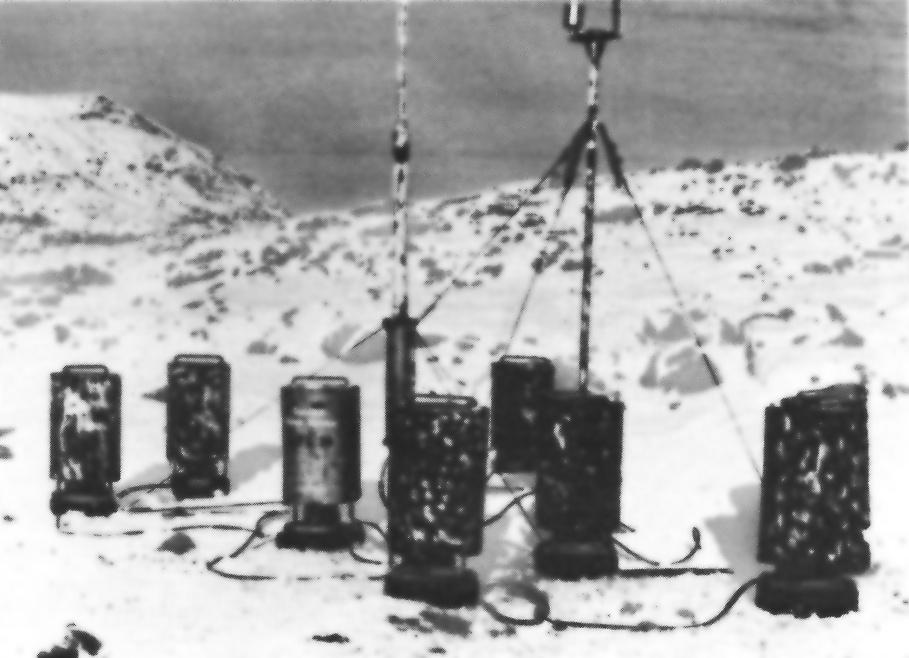 Bundesarchiv, Wikimedia Commons
Bundesarchiv, Wikimedia Commons
A British Sub’s Reindeer
During WWII, many peculiar events occurred. A reindeer on a submarine is definitely one of those intriguing mysteries and you may wonder why such a creature was aboard a British submarine in the first place. Turns out the caribou was a gift from Russia.
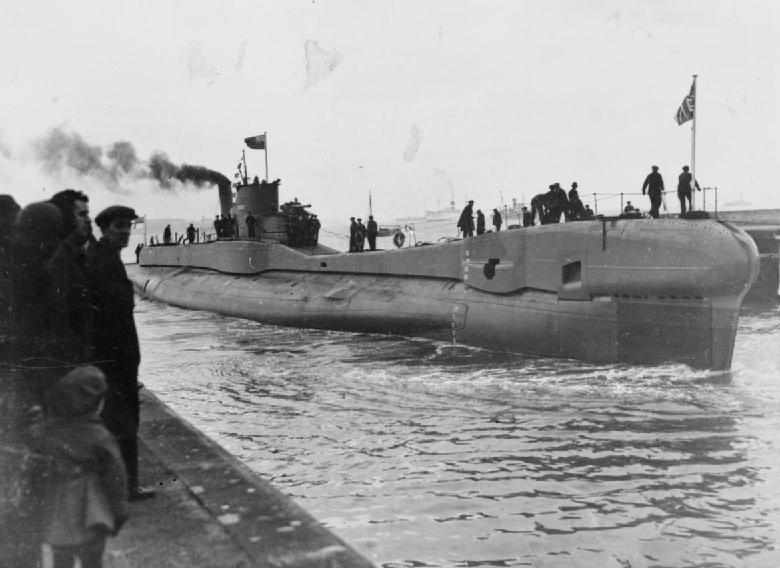 Royal Navy official photographer, Wikimedia Commons
Royal Navy official photographer, Wikimedia Commons
A British Sub’s Reindeer
In June 1941, Germany officially opposed the Soviet Union. Britain and the United States wanted to support and aid Russia, as well as to keep them as allies. They shipped several things to the country in order to help them out. This included supplies and equipment.
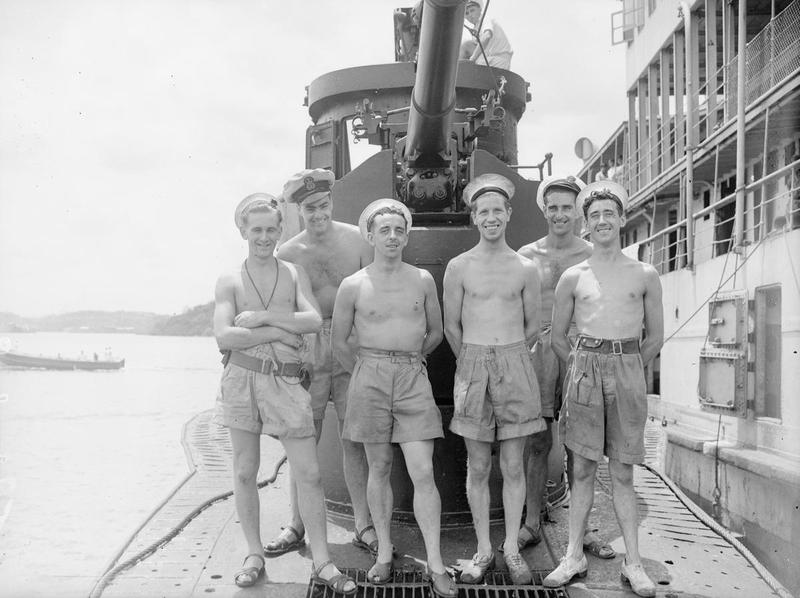 Royal Navy official photographer, Wikimedia Commons
Royal Navy official photographer, Wikimedia Commons
A British Sub’s Reindeer
In order to make these deliveries, the Arctic Circle had to be kept safe and free of enemy submarines. HMS Trident, a British sub, was given the job of clearing the area and keeping it open as a trade route. In gratitude for the protective measure, the Soviets gifted HMS Trident’s captain with a reindeer.
 Beadell, S J (Lt), Wikimedia Commons
Beadell, S J (Lt), Wikimedia Commons
A British Sub’s Reindeer
Not wanting to be rude, the Brits accepted the animal. They named her Pollyanna and squeezed her into the vessel with a torpedo tube. She slept in the captain’s quarters and ate galley scraps for six weeks. Eventually, she was donated to the Regents Park Zoo.
 Pav-Pro Photography Ltd, Shutterstock
Pav-Pro Photography Ltd, Shutterstock
The US President’s Close Call
Despite President Franklin D Roosevelt’s questionable health, he was determined to attend a meeting between himself, Winston Churchill, and Joseph Stalin. The meeting was scheduled for November 28, 1943, and would be the first time these leaders came together. The journey for the US president would be a dangerous one.
 Vincenzo Laviosa, Wikimedia Commons
Vincenzo Laviosa, Wikimedia Commons
The US President’s Close Call
The Atlantic waters, over which Franklin D Roosevelt needed to travel, were crowded with U-boats. Most of these subs were German. Before leaving on the USS Iowa, the President asked to witness how the ship would respond in times of trouble. A routine torpedo drill was planned that involved the USS William D Porter, an American destroyer.
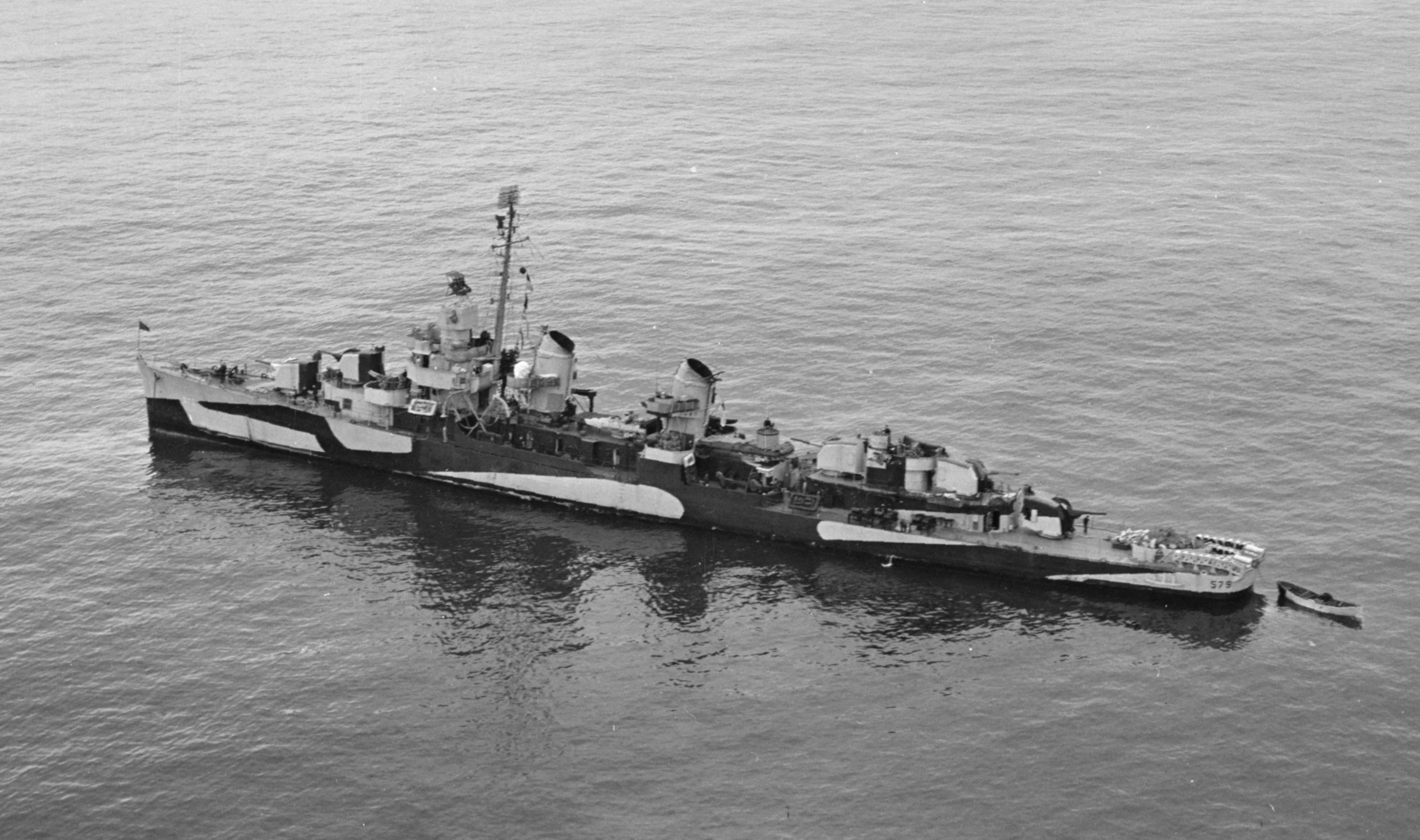 Naval History & Heritage Command, Wikimedia Commons
Naval History & Heritage Command, Wikimedia Commons
The US President’s Close Call
During this demonstration, radio silence was broken when the USS William D Porter announced that they had accidentally fired a live torpedo at the USS Iowa. Calm and collected, Roosevelt asked staff to wheel him to a spot where he could watch the incoming missile. Fortunately, the ship evaded the torpedo.
 United States Navy, Wikimedia Commons
United States Navy, Wikimedia Commons
The US President’s Close Call
Everyone on board the American destroyer was arrested. Claims of a possible risk to the President’s life were challenged and opposed. The officer found responsible was sentenced but later exonerated by the President. Roosevelt made it safely to his meeting with other world leaders.
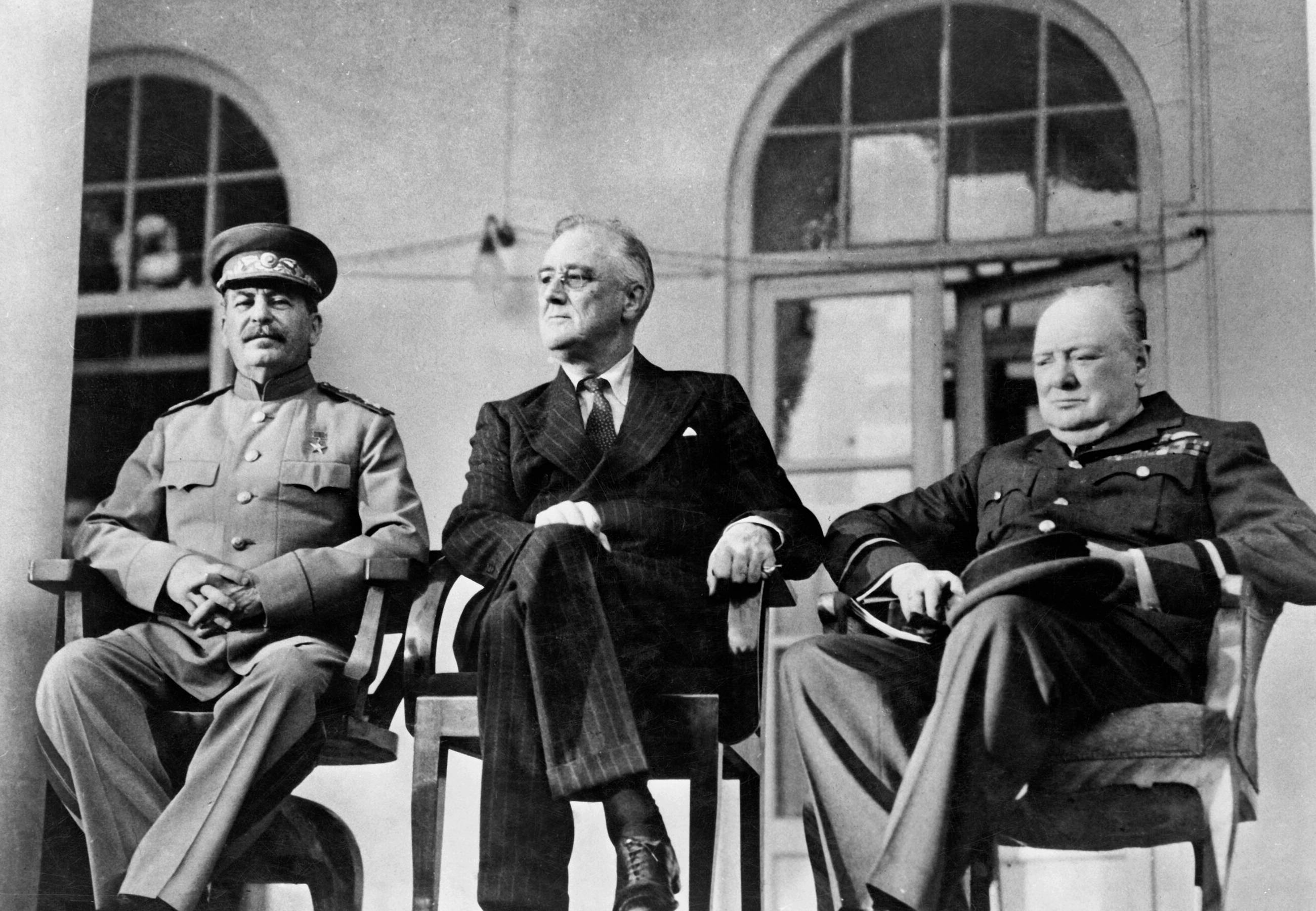 U.S. Signal Corps photo., Wikimedia Commons
U.S. Signal Corps photo., Wikimedia Commons
The German-Ukrainian Football Match
Although the official football league had been temporarily disassembled during WWII, there remained an unofficial league organized in Ukraine. The matches were arranged by a bread factory in Kyiv. Several players had previously played professionally for the country’s football league.
 Unknown Author, Wikimedia Commons
Unknown Author, Wikimedia Commons
The German-Ukrainian Football Match
The Ukrainian team had no problem claiming victory over a team of Romanians. They successfully triumphed over another group of German officers. Word of the team’s accomplishments quickly reached German authorities.
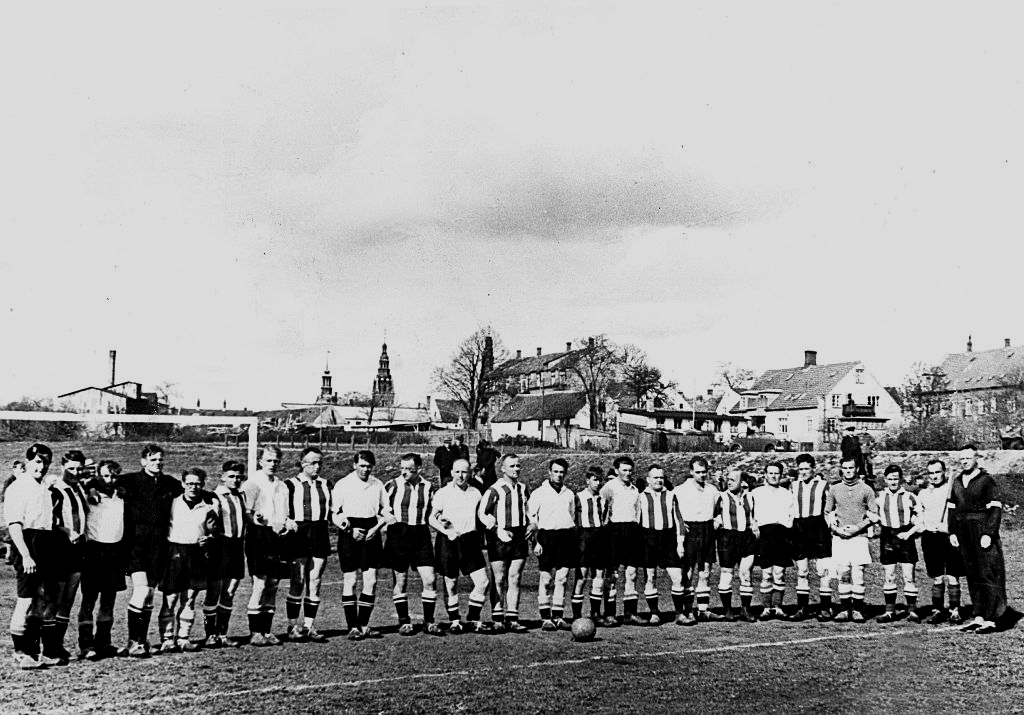 ullstein bild Dtl., Getty Images
ullstein bild Dtl., Getty Images
The German-Ukrainian Football Match
The Germans decided to create a dream team that would easily conquer this ragtag group of Ukrainians. They believed that their Aryan genes would enable them to effortlessly win the match. This didn’t happen. The Ukrainians clobbered them with a 5-1 win.
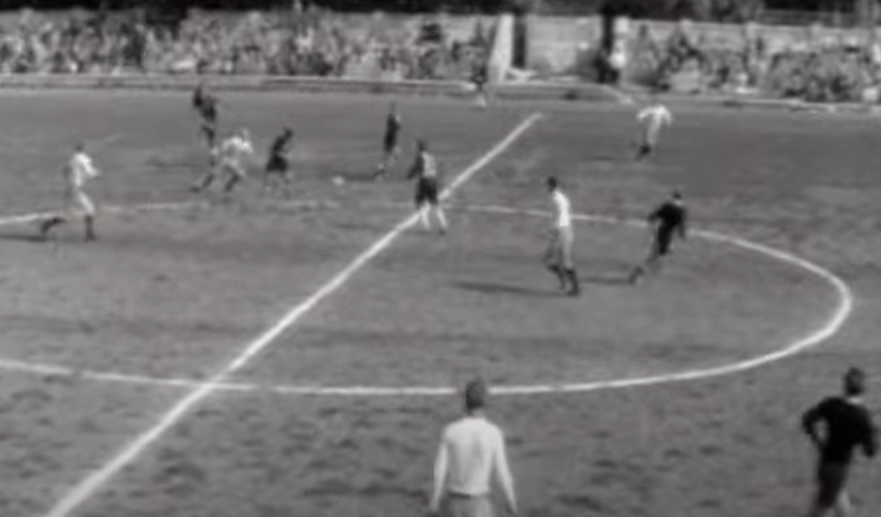 Mosfilm, The Third Half (1962)
Mosfilm, The Third Half (1962)
The German-Ukrainian Football Match
A second “do-over” game was organized. Once again, the Ukrainian team triumphed. They won 5-3. All three of the German goals were scored after they knocked the Ukrainian goalie unconscious. Over the next few months, many of the Ukrainian players disappeared or had their lives ended in mysterious ways.
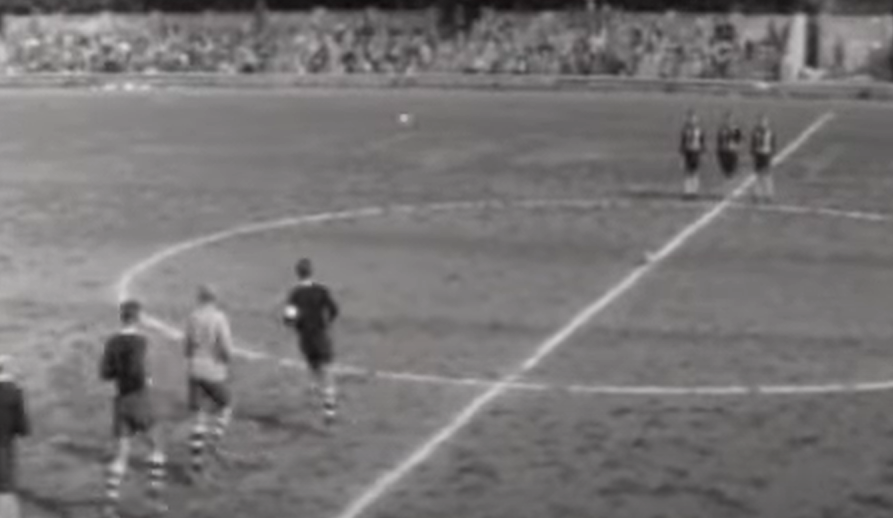 Mosfilm, The Third Half (1962)
Mosfilm, The Third Half (1962)
Rudolph Hess’ Flight
Imagine a high-ranking German showing up in a Scottish field in the middle of WWII. Well, that’s exactly what happened. Rudolph Hess, one of the most influential and commanding officers in Germany, was found wandering aimlessly near Dungavel House in Southern Scotland on May 10, 1941.
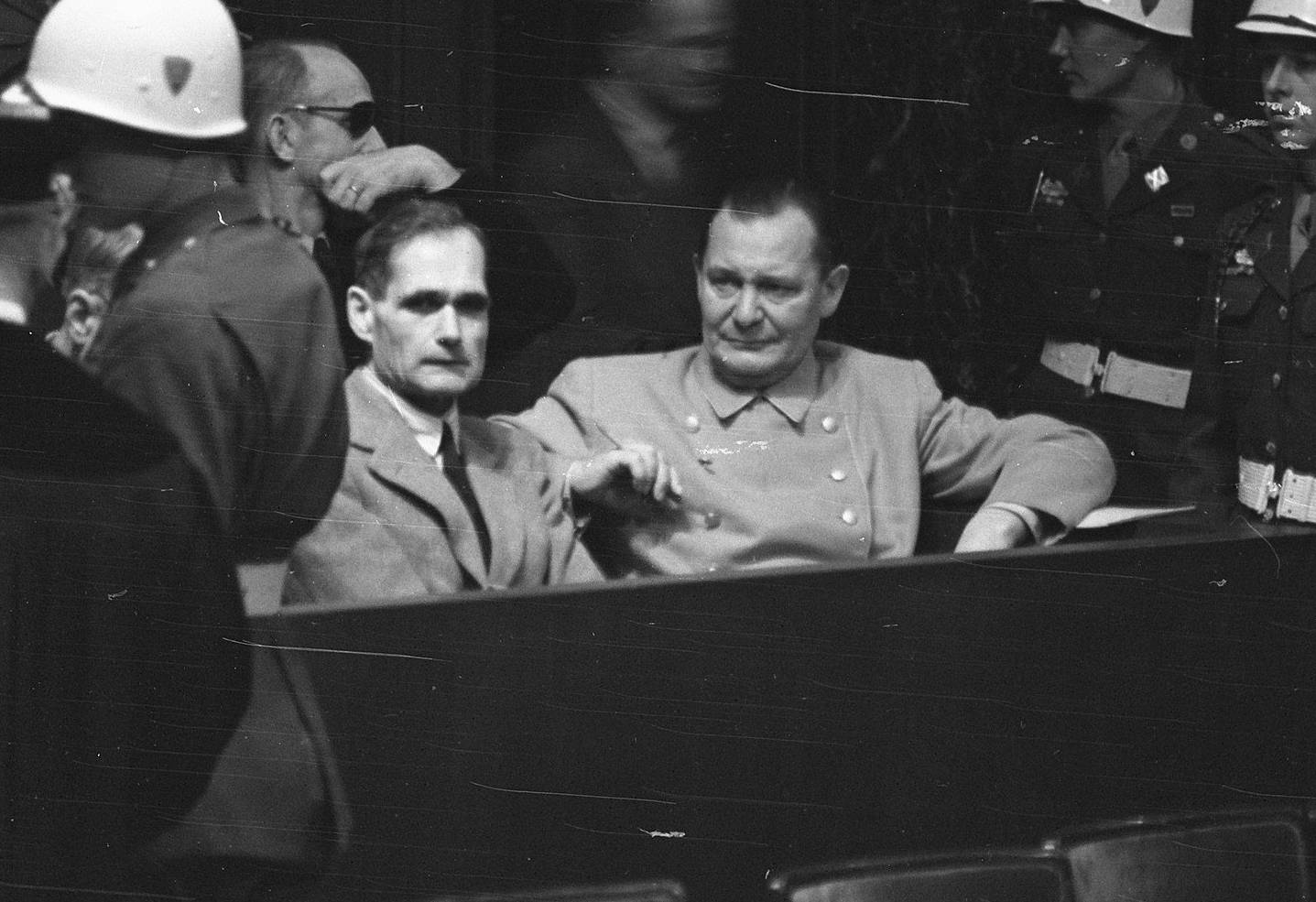 Lou Woudhuyzen, Wikimedia Commons
Lou Woudhuyzen, Wikimedia Commons
Rudolph Hess’ Flight
12 miles from his destination, Hess’ Messerschmitt airplane ran out of fuel. When apprehended, he explained that he had come to negotiate peace between the nations. Hitler, however, denied knowing anything about the mission.
 Bundesarchiv, Bild 146-1990-048-29A, CC-BY-SA 3.0, Wikimedia Commons
Bundesarchiv, Bild 146-1990-048-29A, CC-BY-SA 3.0, Wikimedia Commons
Rudolph Hess’ Flight
The crash happened only weeks before Hitler invaded Russia. Hess insisted that he was helped and prodded by Duke Hamilton the 14th. The Duke had never met the German officer. Conspiracy theorists are firm with the notion that Hess was a body double.
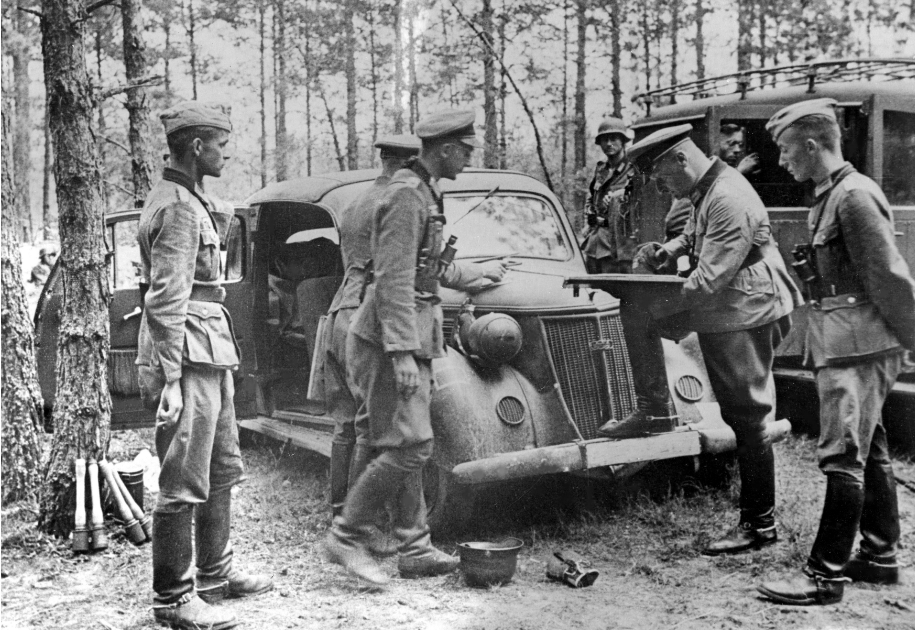 Maddriver371, Wikimedia Commons
Maddriver371, Wikimedia Commons
Rudolph Hess’ Flight
The real reason for the flight was never discovered. Psychologists determined that though Hess wasn’t considered insane, he “was in a delicate mental state”. Hess was convinced his flight would end in a meeting with Churchill. Instead, he was charged with crimes against peace.
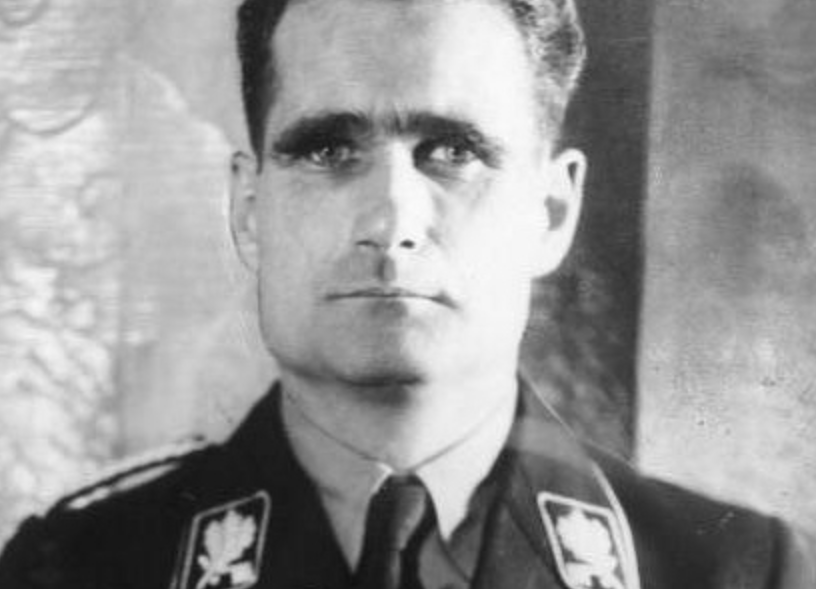 Bundesarchiv, Bild, CC-BY-SA 3.0, Wikimedia Commons
Bundesarchiv, Bild, CC-BY-SA 3.0, Wikimedia Commons
Germany’s Toilet Malfunction
A toilet gone bad proved to be what brought down a German submarine off the coast of Scotland. This may seem hard to believe since the Germans had the most technologically advanced submarines. This applied also to their washroom facilities.
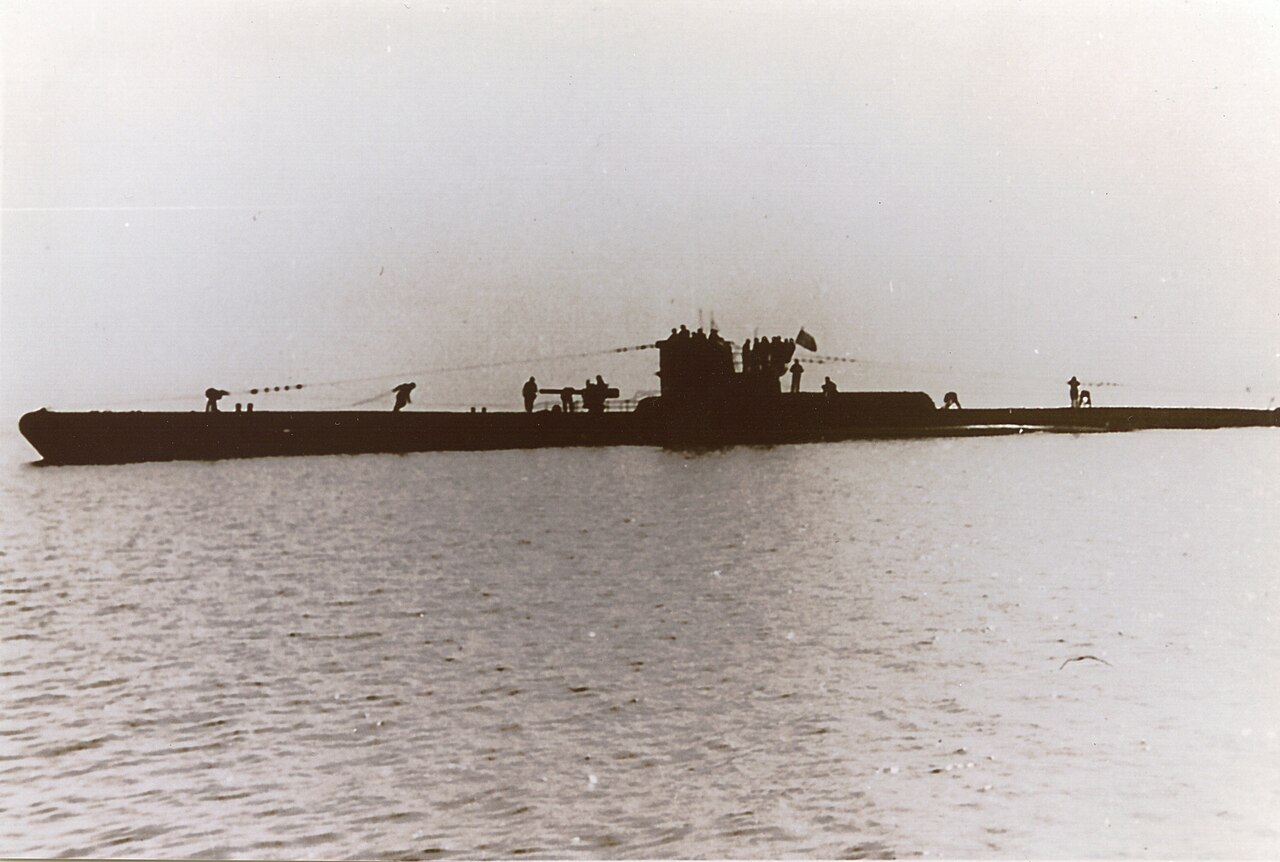 Reminiscencerestore, CC BY 2.0, Wikimedia Commons
Reminiscencerestore, CC BY 2.0, Wikimedia Commons
Germany’s Toilet Malfunction
Most submarines during WWII had tanks in which they stored human waste. When the submarine returned to shore, it would then empty the containers. German submarines, however, had cutting-edge lavatories. These toilets were designed so that compressed air would forcefully pump the waste out of the sub and into the ocean.
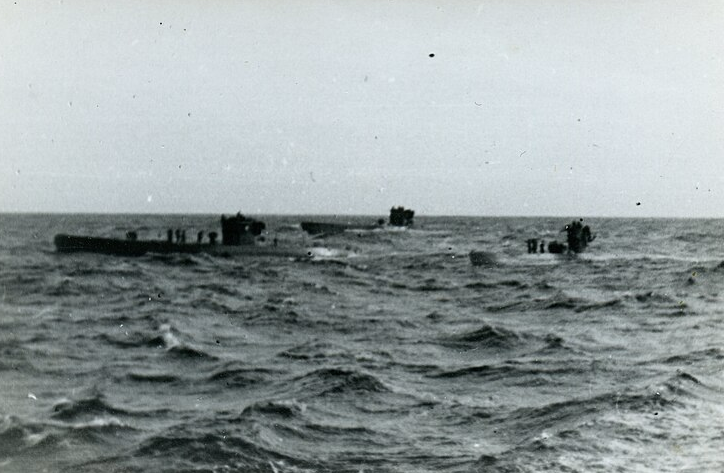 Reminiscencerestore, CC BY 2.0, Wikimedia Commons
Reminiscencerestore, CC BY 2.0, Wikimedia Commons
Germany’s Toilet Malfunction
Commander Karl-Adolf Schlitt’s German U-1206 had an unfortunate occurrence with their lavatories which caused the ship’s ultimate demise. In April 1945, the ship attempted their first patrol mission. Unfortunately, the complex waste removal system was faulty.
Germany’s Toilet Malfunction
When the waste system malfunctioned, seawater and sewage flooded the submarine. If that wasn’t horrific enough, the batteries were affected and discharged dangerous chlorine gas. Schlitt was forced to surface the sub. The British Royal Air Force glimpsed the U-boat and blitzed them. Unfortunately, three troopers didn’t make it due to the toilet issues.
You May Also Like:
The Weirdest Moments In Military History
Most Bizarre Weapons In History


